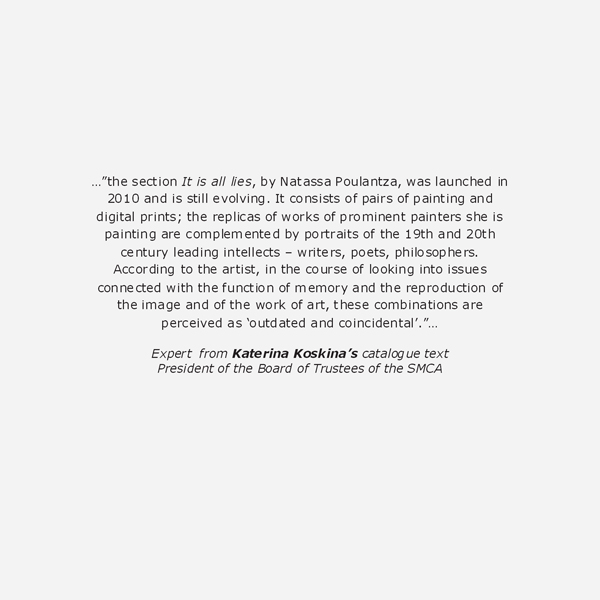The artwork in the age of digital reproduction
Does the notion of originality maintain any value or meaning in the digital age of free access to images, massive reproduction and easy appropriation? What is the criterion that distinguishes the original creation from copy? Natassa Poulantza articulates her work in two complementary units; In the first part Out of Season Encounters she chooses to put in dialogue certain emblematic and subversive personalities from the area of literature and philosophy during the last two centuries together with the works of great painters. Her final composition bears the traits of a chance meeting based on aesthetic values and make no allusion to internal associations. She thus puts forward the issue of the art work in the age of mechanical reproduction, posed by Walter Benjamin in 1936, but furthermore she makes her own statement around one of the basic modernist demands for an authentic, subjective interpretation of the human condition. Her initial source of images is the website. She constructed her personal portrait gallery using the topos of inexhaustible and impersonal information. Natassa Poulantza adopts a critical position towards the limits of internet utility, by selecting and appropriating certain digital portraits. She then inserts these images in the pictorial spaces she has already painted after famous painters paying tribute or trying to recall their contribution to the history of the genre. Next step is what she calls ...missing piece... There, she creates her new forms through the act of deduction. By taking away the surroundings she leaves her figures floating in and unspecified context, but in the same time the works convey the impression of melting people and landscape. The missing part reinforces the conceptual power of the work, since it offers the necessary space for arbitrary recollections and selective changes of meaning. The logic of random encounter allows an indefinite multiplication, so that millions of combinations between men and landscapes might take place, a procedure that goes beyond the limits of massive reproduction. This technique makes the final composition a personalized and authentic product. Depicted figures appear in the way the painter chooses to remember and re-introduce them to our visual panorama. If every life’s present is composed through the multiple layers of the pasts that we keep in our memory and the absence of those we choose to forget –something that we basically do throughout our lives with people in ideas that affect our worldview- Natassa Poulantza’ s latest work may be the most personal and original one till now.
Syrago Tsiara
Art Historian
State Museum of Contemporary Art, Greece
It is all lies
Natassa Poulantza presents a series of works that she started working in 2010, a series that extends till today and is constantly widening, evolving, is enriched and is placed in present tense. With a systematic way, a personal incorporation, a key concern and a conscious attitude, the artist explores crucial issues that are related with knowledge, communication, the function of memory, reality and its digital version, the endoscopic procedure of artistic production, the different versions of things and situations beyond their apparent facet and the certainties-their refutation and their excess, suggesting a tour in a world of images where the limits between reality and lies are relevantly fluid and always redefined. She achieves that not in a narrative and descriptive way but internally and structurally with her visual “writing” and her turning towards the deeper essence of her quests. These are works in which the dominant idea coexists with the hi quality of their technical making and completion and at the same time they compose a complete proposal and deposit, an interactive and bidirectional visual environment – imaginative and original- rich in substance, with multiple readings and approaches, forming a welcoming frame of visual observation, motivating the participation – complicity relations between the images and the viewer, exacerbating the constant vigilance of the eye and its perceptual background and the possibilities of its sensory and mental employment. The general title It is all lies (partly enlightening, in any case ambivalent) isn’t an affirmation or an axiomatic finding, denying after all a one dimensional interpretation. The series consists of two sections. In the first one (Out of season encounters) Natassa Poulantza starting from well known artists’ works, she paints them anew (acrylics on canvas) making copies. Then she prints digitally directly onto the surface portraits of famous important personalities –poets, writers, philosophers– mostly of the 19th and 20th century. The compositions of William Turner, Gerhard Richter, Barnett Newman, Willem de Kooning, Vincent Van Gogh and Roy Lictenstein meet the faces of William S. Burroughs, Ludwig Wittgenstein, Albert Camus, Friedrich Nietzsche, Marcel Proust, Oscar Wilde, among others. The superposition of the works with the prints, cancels them, turning them into something completely new, defining for Natassa Poulantza a kind of notes, a space upon where she collects information. The meetings, as is emphatically stated, are “untimely and random” without any intention of a certain narrative or conceptual connection and are based first of all in personal and aesthetical associations of the artist. The second section with the complementary title …missing piece… comes from the first one and consists of unique digital prints on paper. The part of the composition of the first section of works that was lost is now emerged as an autonomous work, cut from the previous painted environment and from whichever possible narratives and connections that the previous image has created. This is the missing piece-element, the distance that has to be covered, and the absence that has to be negated and filled in order for us to find the point of contact with the substance of the work. It is the implementation of the memory of the lost image, the desire for visualizing the memory, the exploration of a sense of loss that follows it, the way in which memory confutes or rewrites reality. Her work is completed with the digital game Game of Fortune, which requires the viewer’s participation; if he stays content with the random combination of images that results in the computer screen, he can go on and print an original work signed by the artist.
Yannis Bolis
Art historian - SMCA Curator
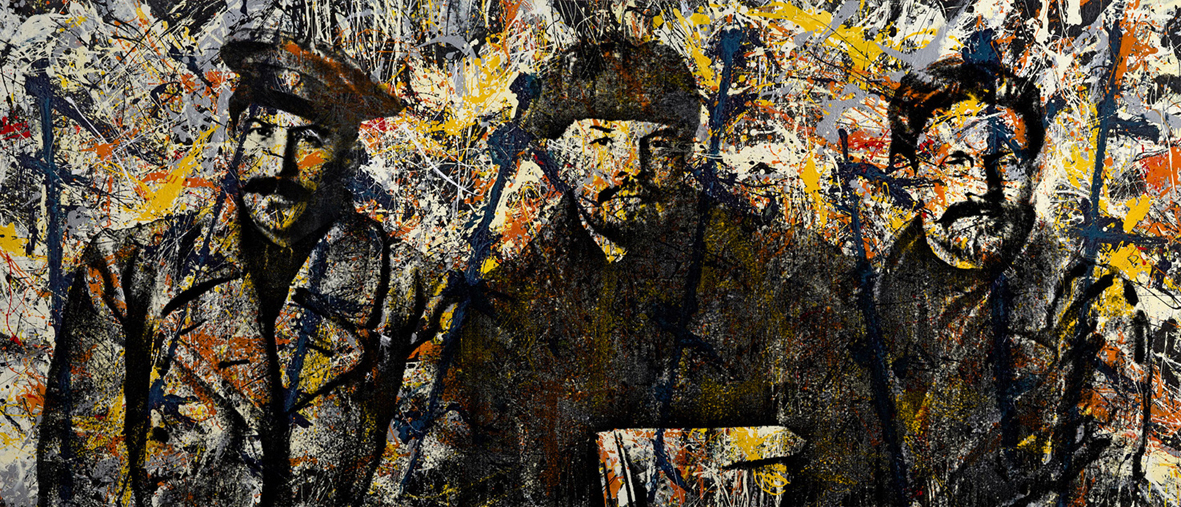
2014 It Is All Lies "S.L.K.J.P."
140 x 300cm, enamel, acrylics and digital print on canvas
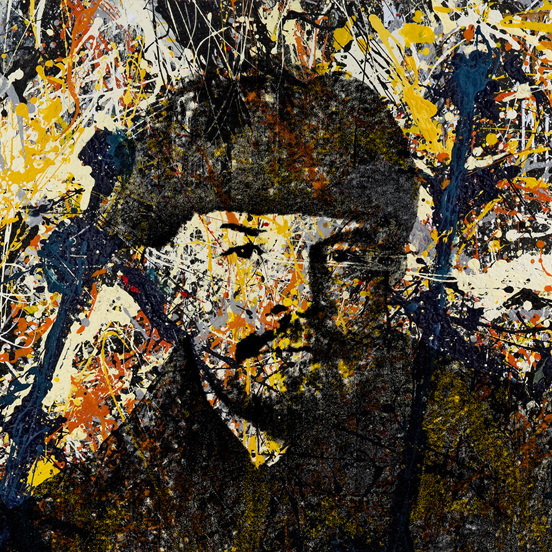
2014 It Is All Lies 'S.L.K.J.P' detail
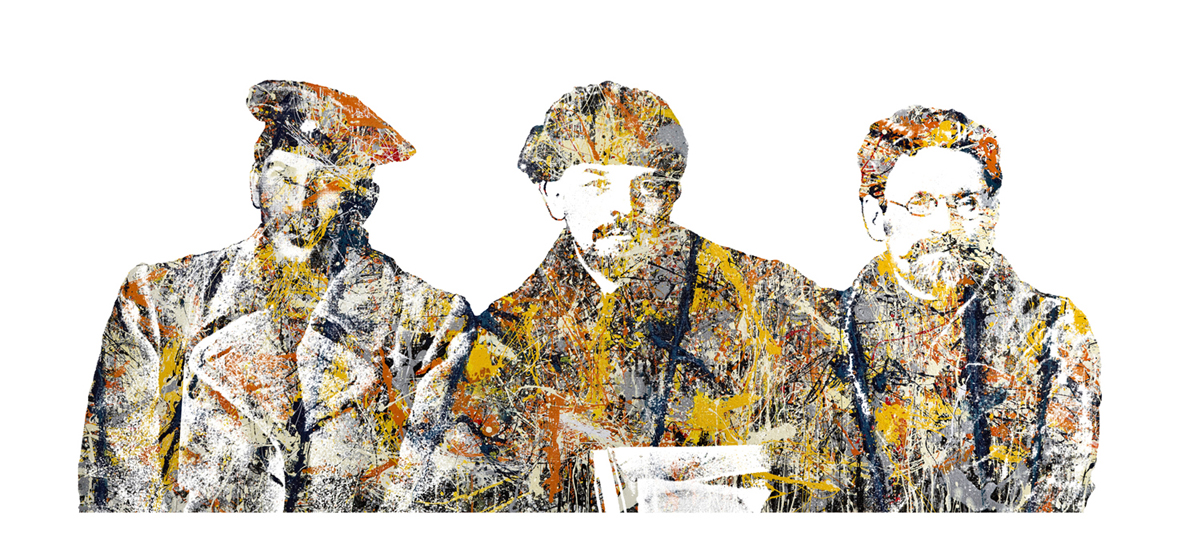
2014 It Is All Lies 'S.L.K.J.P'...missing piece...
110x235cm, archival inkjet print on cotton paper 1+1 A/P
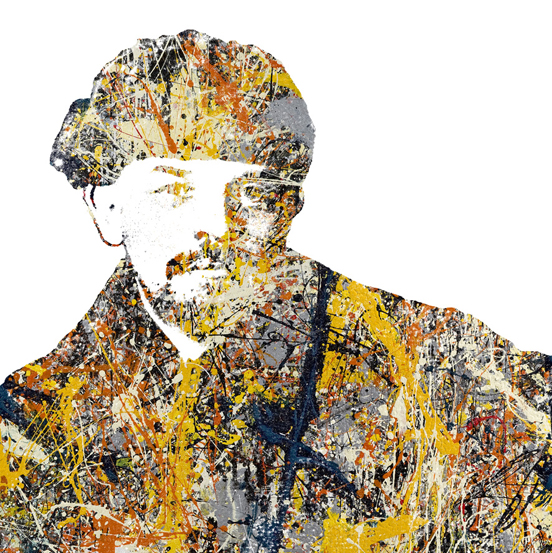
2014 It Is All Lies 'S.L.K.J.P'...missing piece..detail
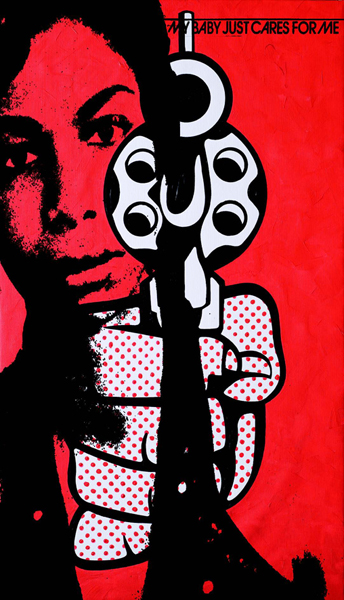
2014 It Is All Lies ‘N.S.R.L’
57,40 x 100,50 cm, acrylics and digital print on canvas
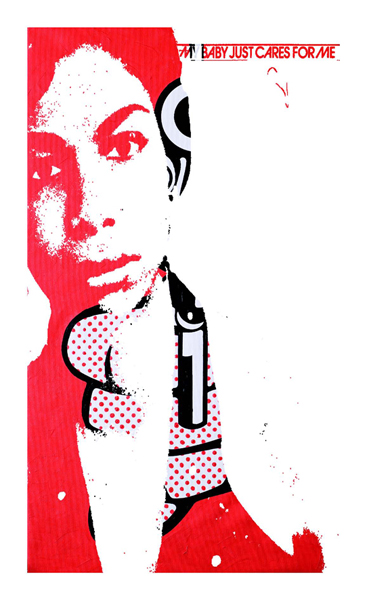
2014 It Is All Lies ‘N.S.R.L.’ ...missing piece...
100 x 61 cm, archival inkjet print on cotton paper 1+1 A/P
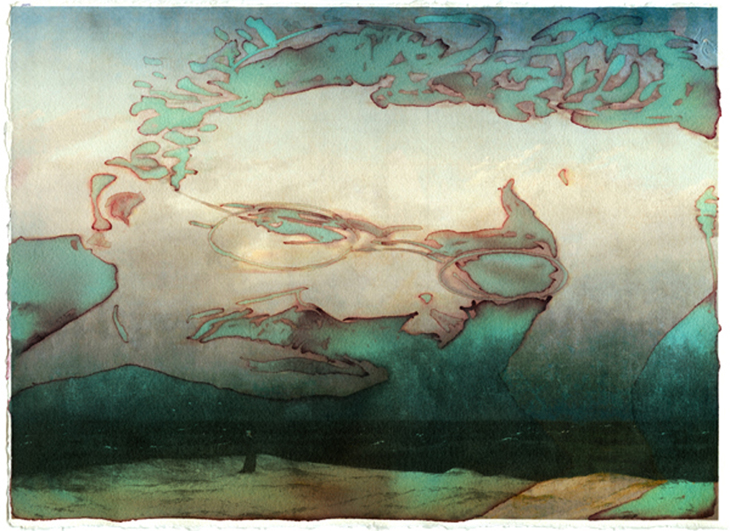
2014 It Is All Lies 'W.B.C.D.F.'
21 x 30 cm, watercolors and digital print on paper
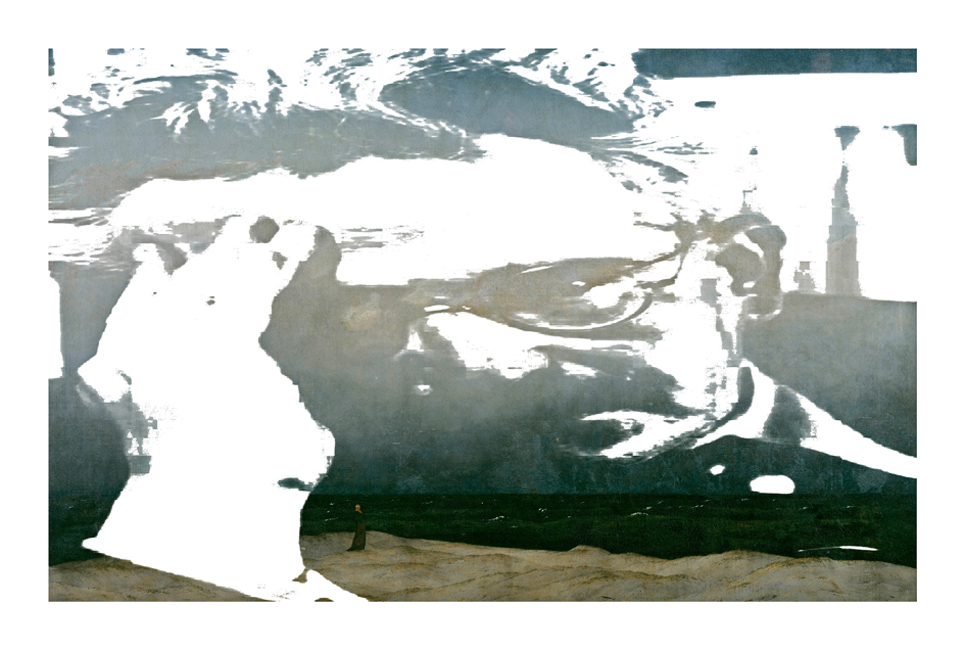
2014 It Is All Lies 'W.B.C.D.F'...missing piece...
67 x 100cm, archival inkjet print on cotton paper, 1+1 A/P
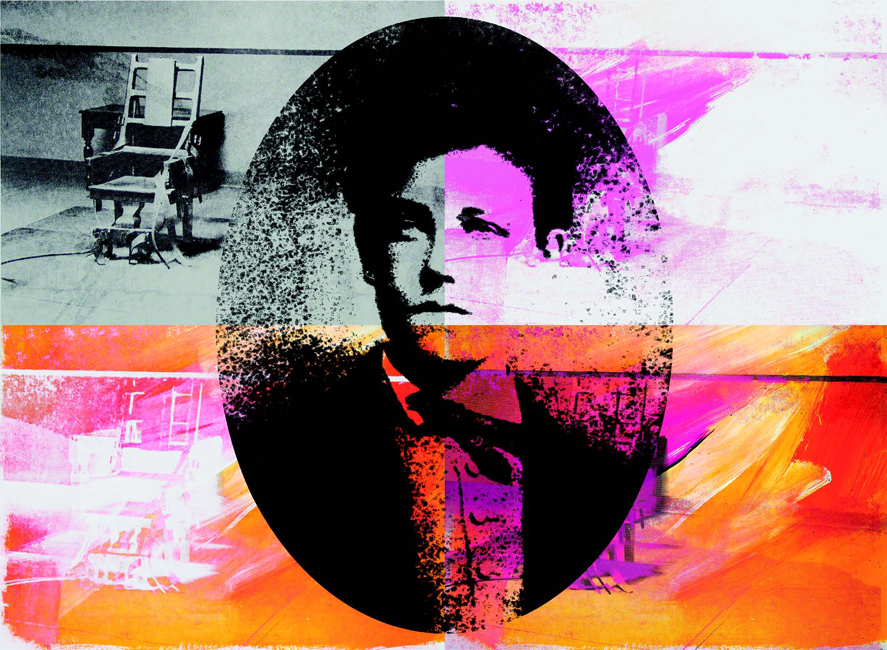
2014 It Is All Lies 'A.R.A.W'
164,56 x 120 cm, four pieces, digital editing and print on archival paper
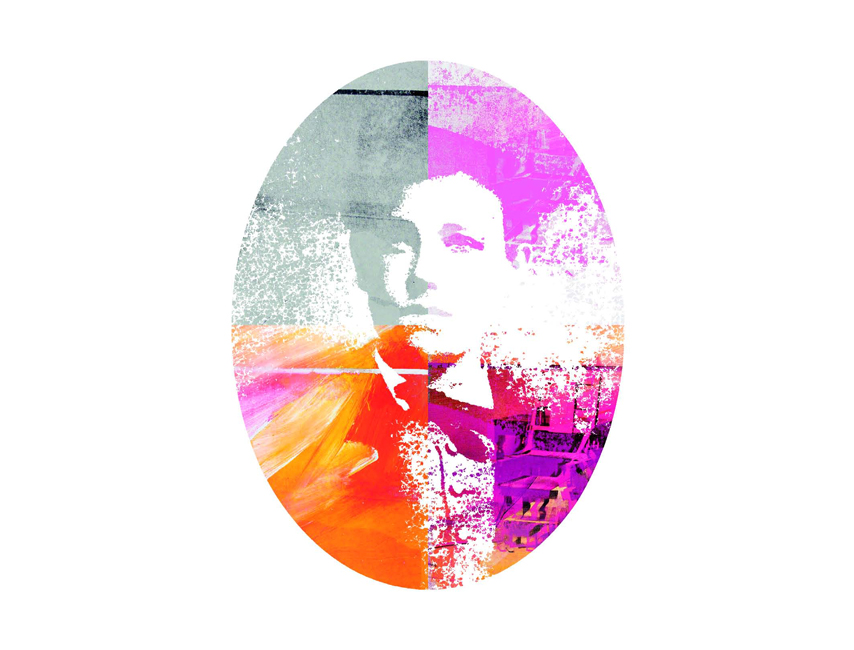
2014 It Is All Lies 'A.R.A.W.'...missing piece...
75 x 100 cm, archival inkjet print on cotton paper, 1+1A/P
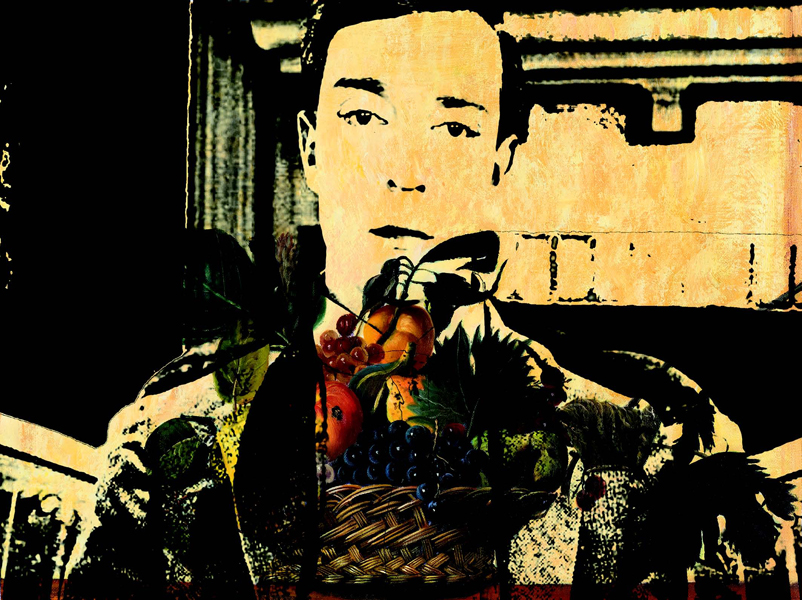
2014 It Is All Lies 'B.K.M.M.d.C
51 x 70 cm, oil and digital print on canvas
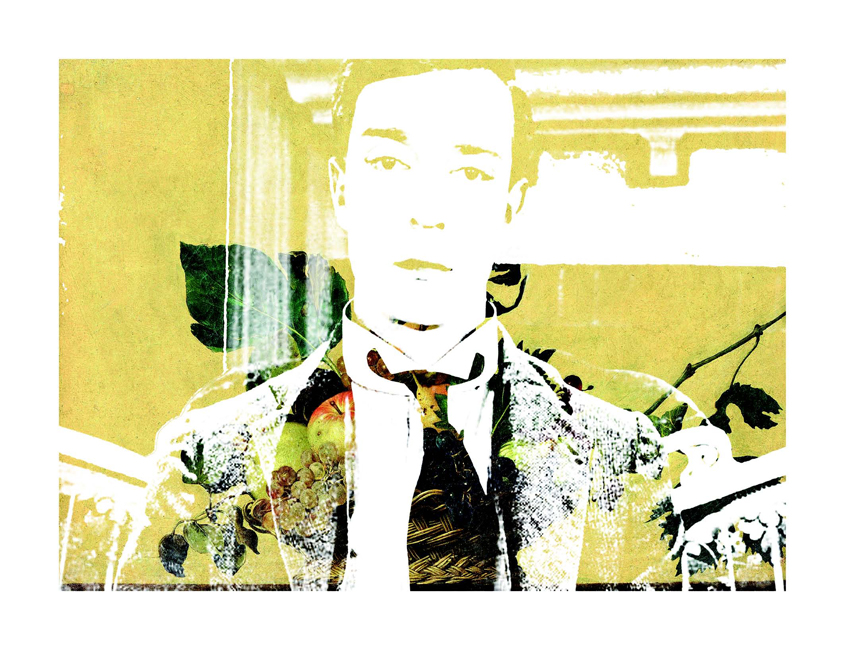
2014 It Is All Lies 'B.K.M.M.d.C'...missing piece...
100 x 76 cm, archival inkjet print on cotton paper, 1+1A/P
